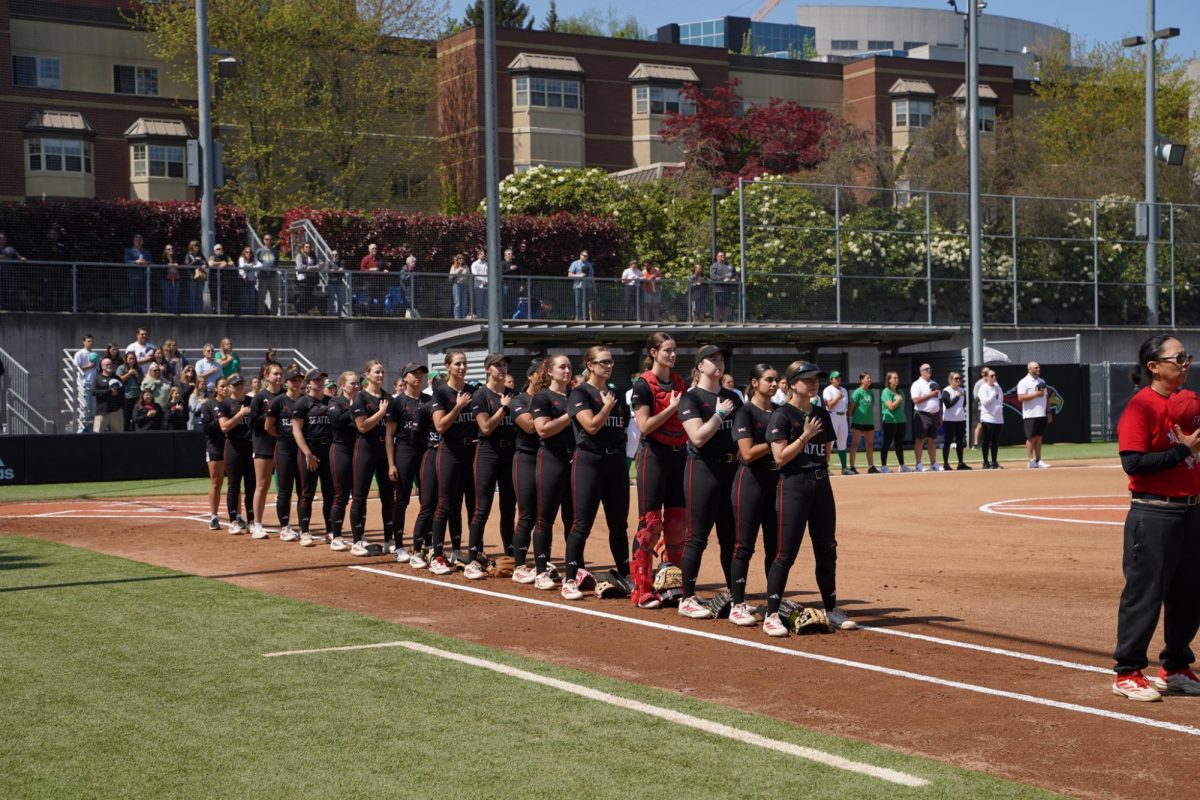The world of sports is a place of triumph, victory and celebration. Fans get excited about their favorite teams and players. Entire cities dress in team colors for big games. Friends become rivals as opposing teams match up week to week. Football in particular is an American sport known for cheering, celebrating and a good time.
In recent years, however, a dark cloud has overcome the world of professional football. According to a recent article by CNN, four former NFL players have committed suicide in the past two years alone, causing the world to wonder about a possible correlation between the sport and corrosive mental health. The most recent of these deaths is the suicide of Paul Oliver, a former defensive back for the San Diego Chargers, who was found dead last week from a self-inflicted gunshot wound.
Oliver’s death raises important questions for the NFL regarding the role of concussions and head injuries in causing brain damage later in life. A possible explanation for the recent string of suicides is a disease called chronic traumatic encephalopathy (CTE). CTE was first identified in a former American football player in 2002, after the suicide of Pittsburgh Steelers’ center Mike Webster.
A recent ESPN article summarizes the relationship between CTE and former NFL players: “Dozens of former players — including 34 who played in the NFL — have been diagnosed posthumously with CTE, a neurodegenerative disease linked to dementia, memory loss and depression. The disease, which researchers say is triggered by repeated head trauma, can currently be confirmed only by examining the brain after death.”
Because CTE had formerly only been found posthumously, research on the disease and the relationship between CTE and head trauma was slow and limited. However, a UCLA study published in early 2013 revealed that for the first time, researchers have found evidence of CTE in living players. This discovery is a breakthrough for researchers, and will hopefully lead to early diagnosis and treatment for former players.
For the NFL, it’s not unusual for teams to experience one or more concussions every game. According to statistics published by CNN, the NFL recorded an average of .679 concussions for all preseason and regular season games. This high number of concussions can add up to a significant number of brain injuries later in life.
The NFL has not been silent about the growing issue of suicides among former players. In 2007, the NFL hosted a medical conference on concussions and revised concussion guidelines later that year.
The impact of concussions is not limited to professional sports. The NCAA is also acutely aware of the gravity of head injuries, and has worked to reduce concussions in collegiate athletes. As the amount of research on this subject increases, the diagnosis and treatment of sports injuries will hopefully make great strides, and the world of sports will become a world of cheer and triumph once again.







